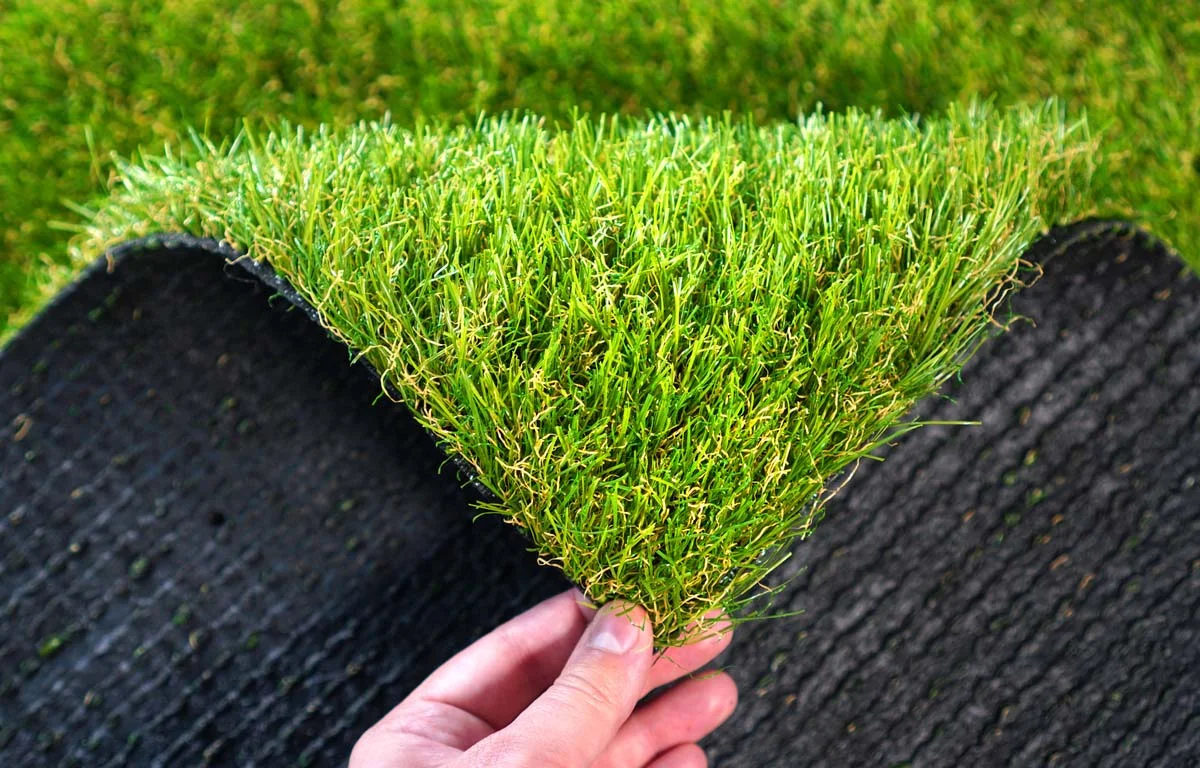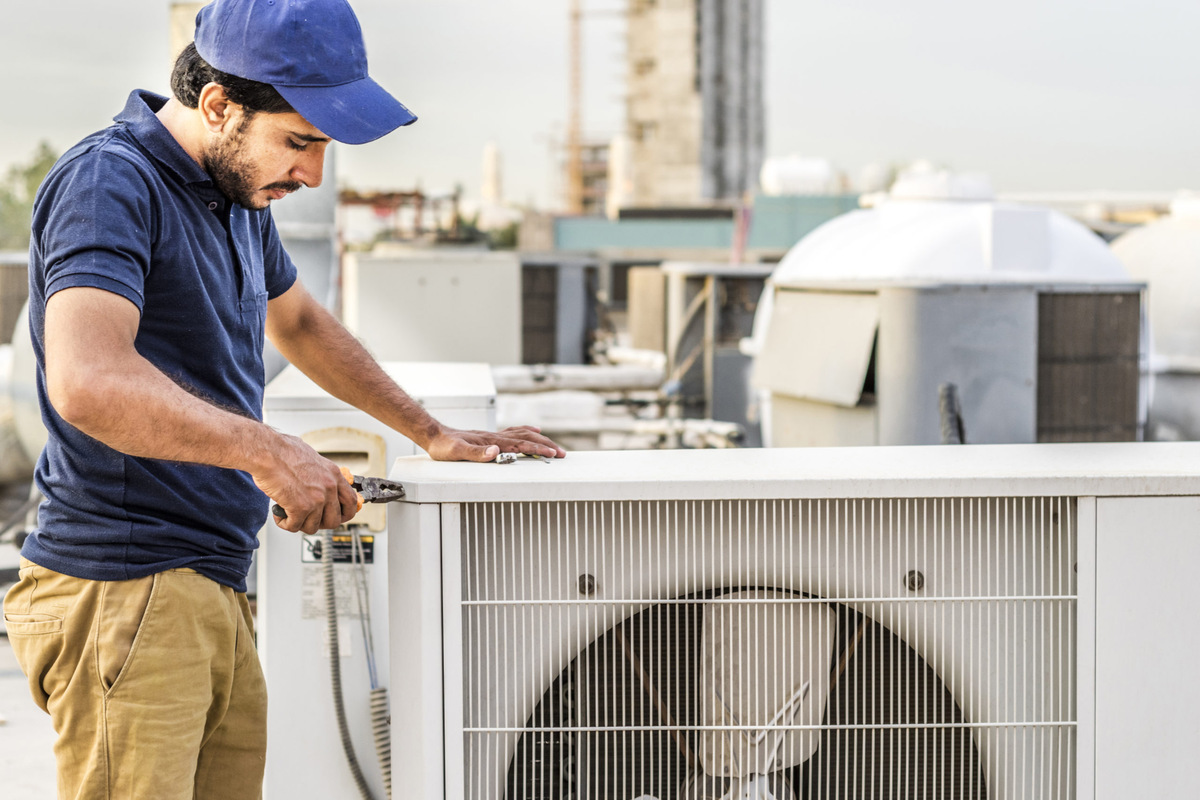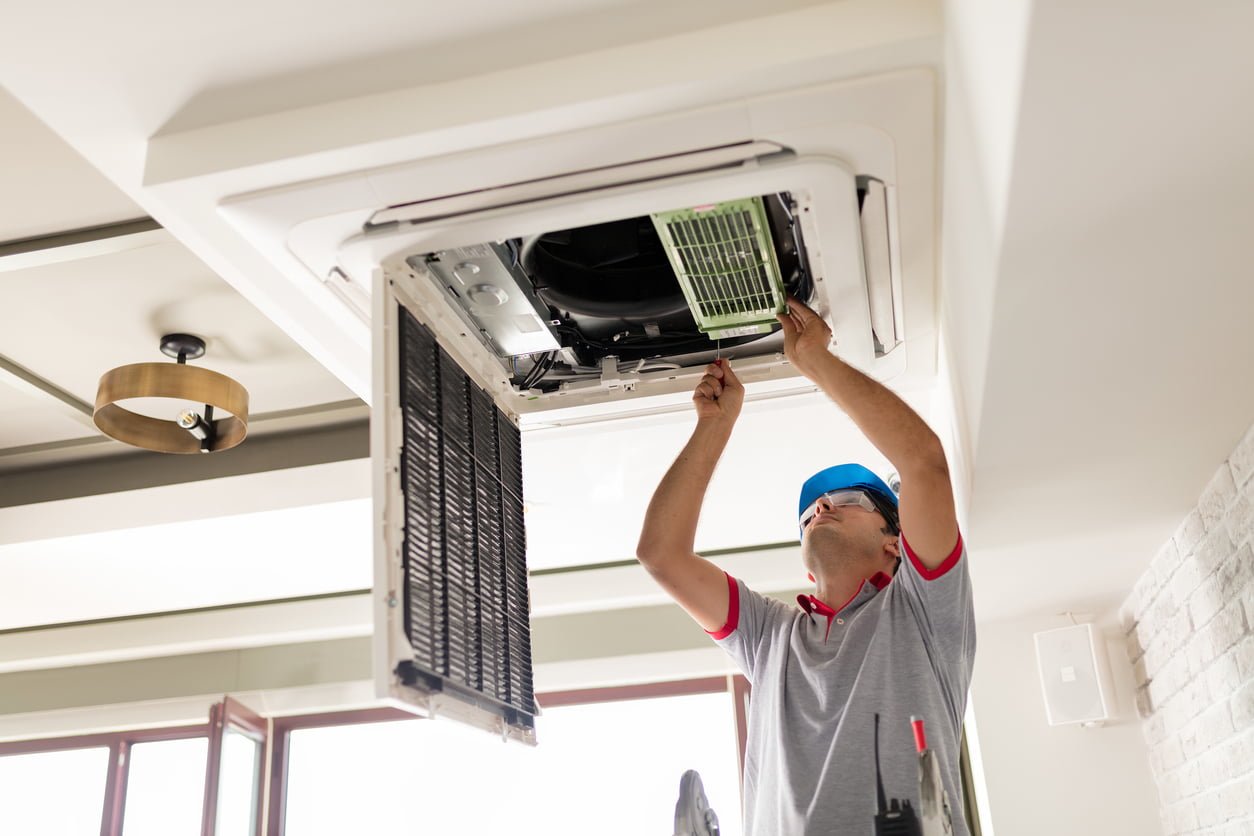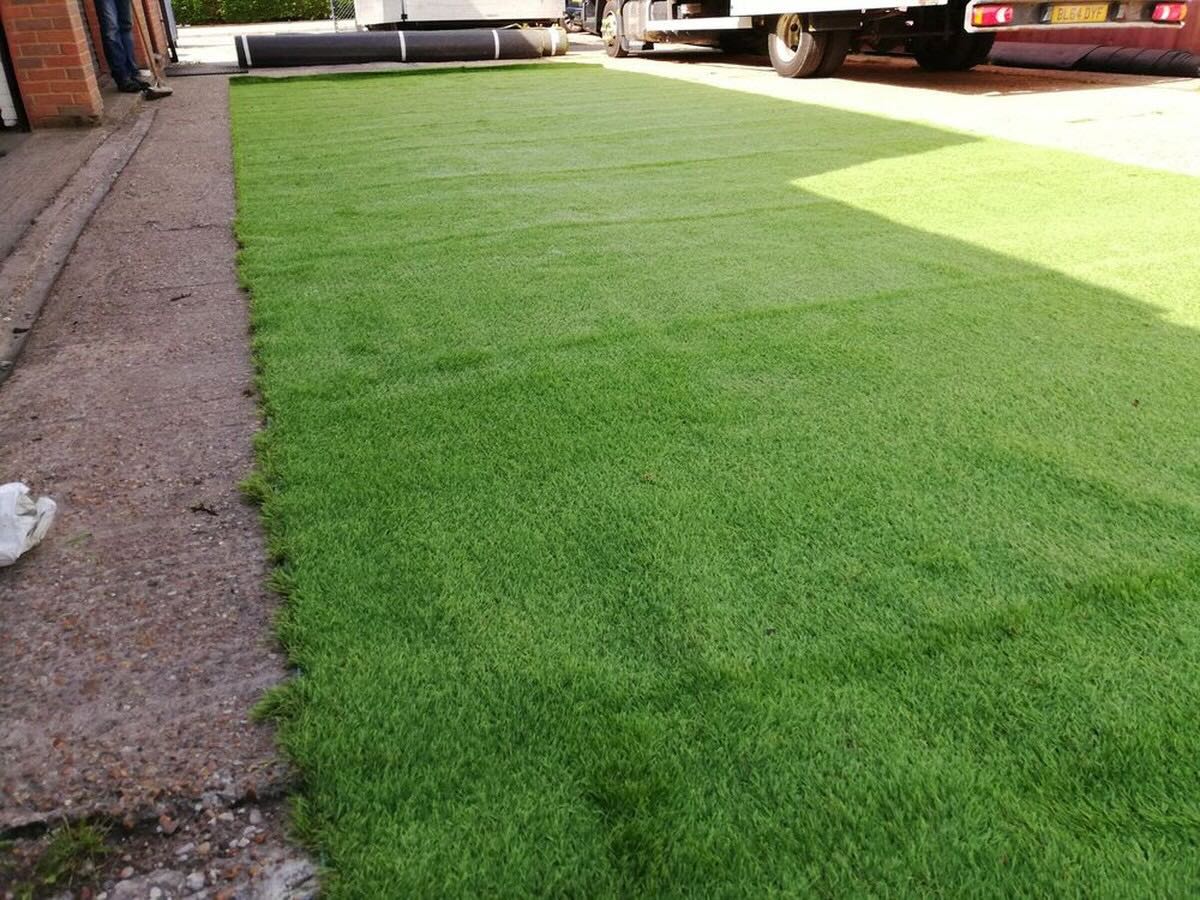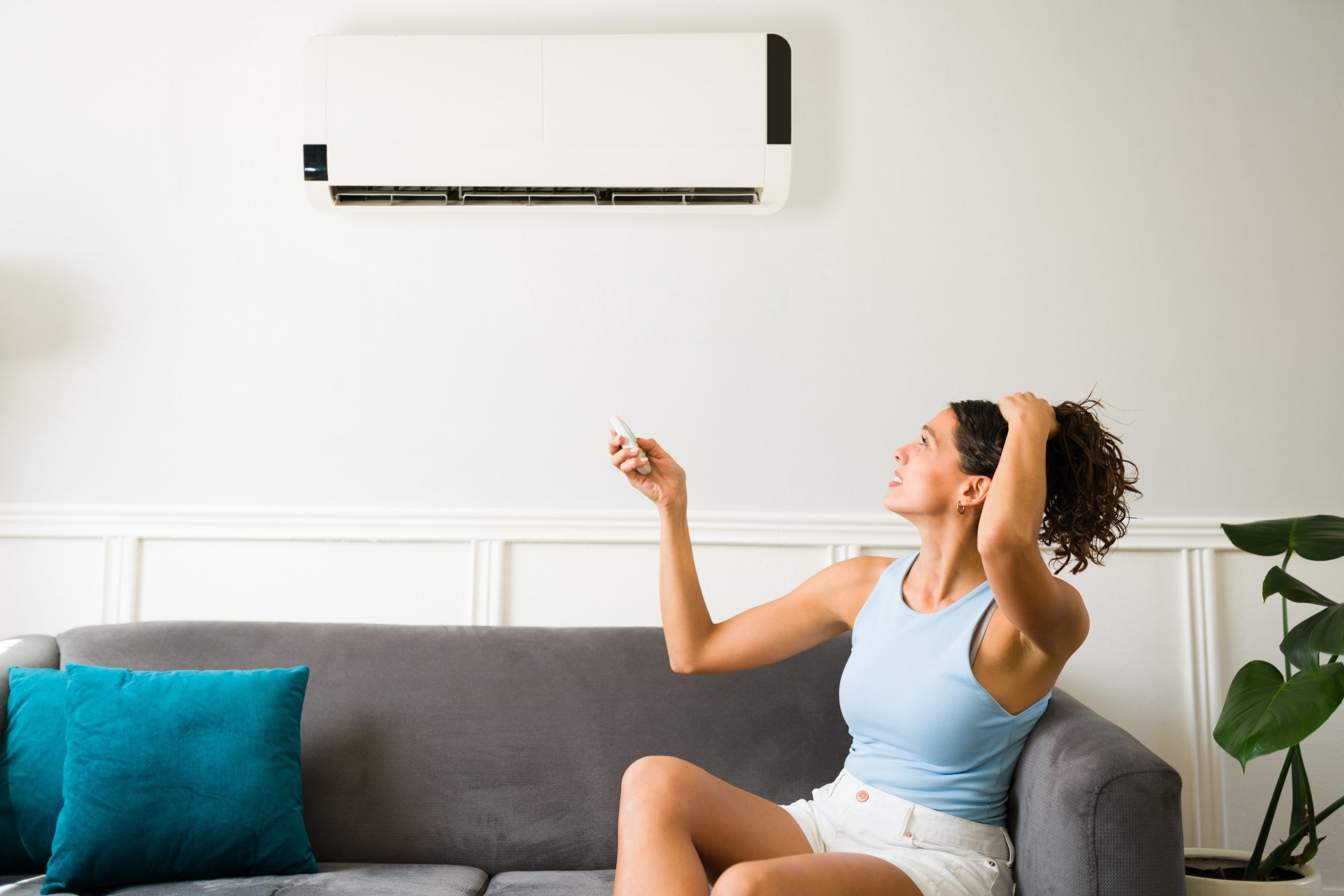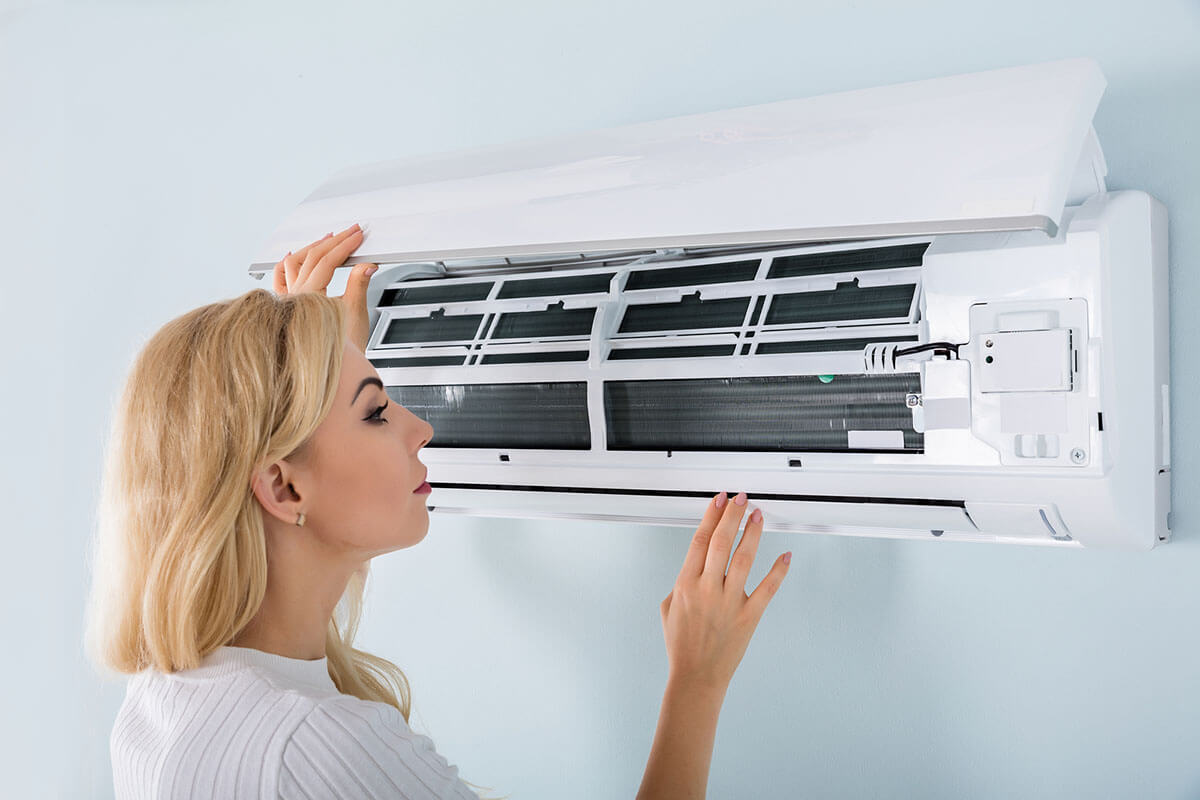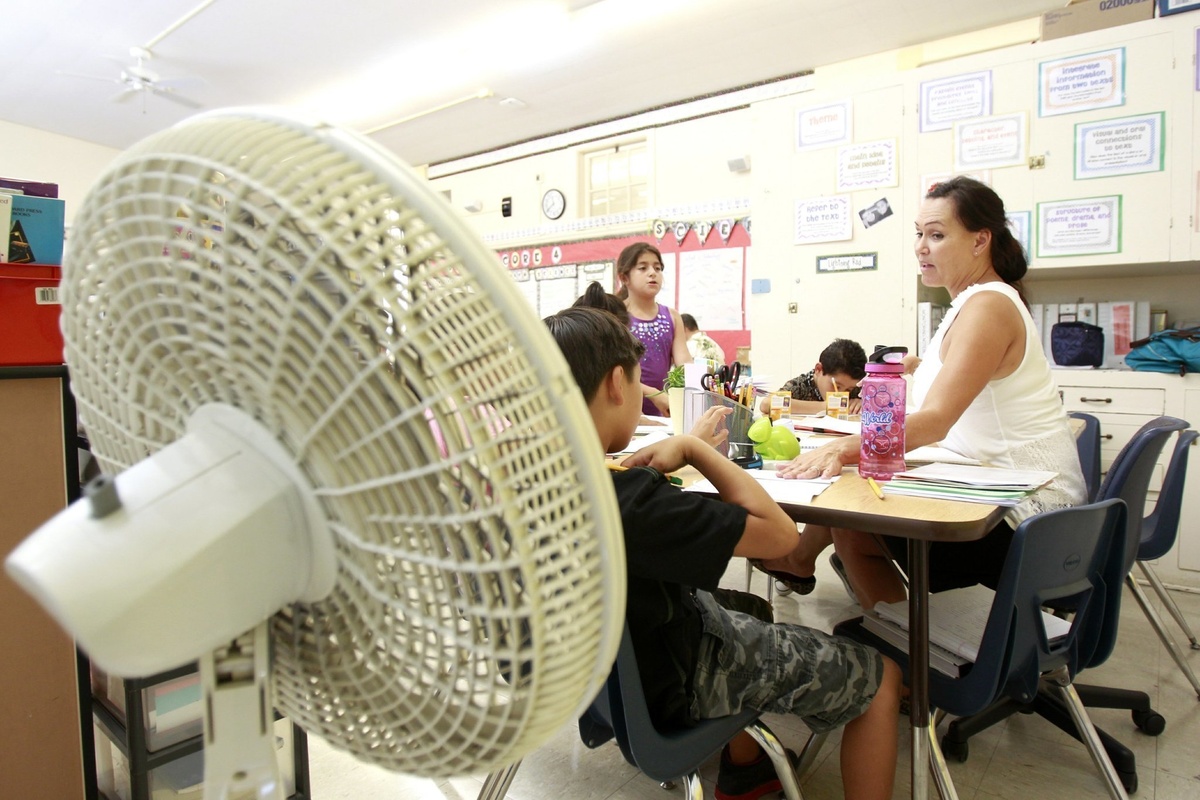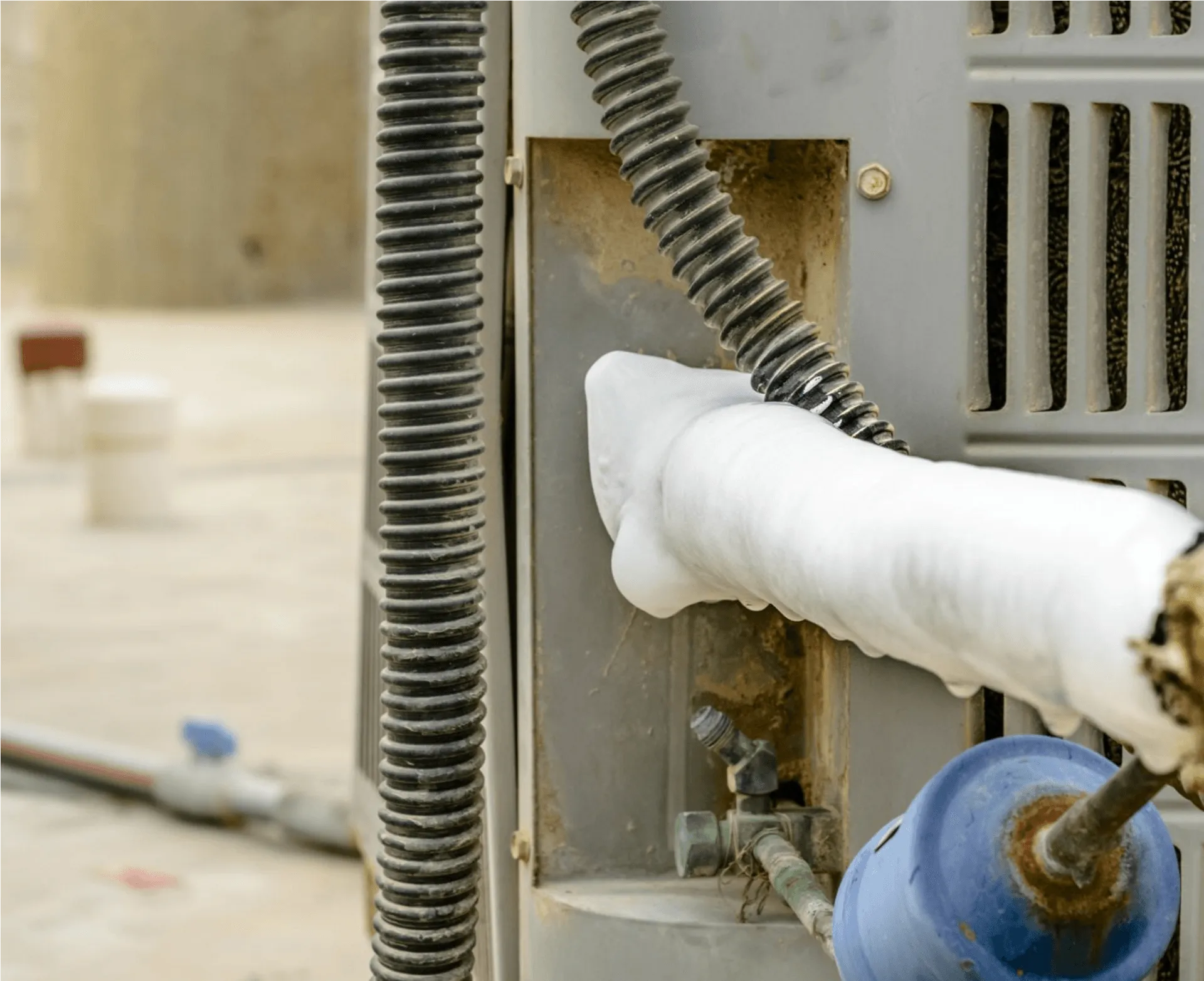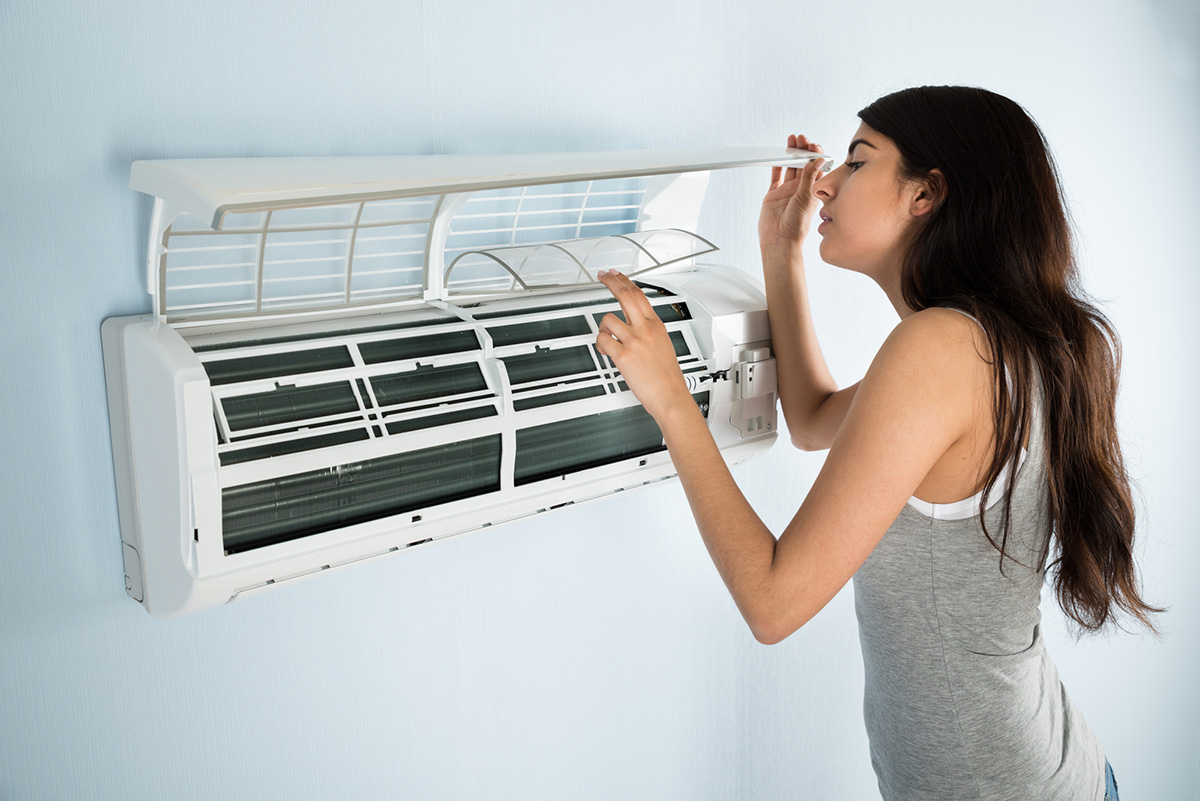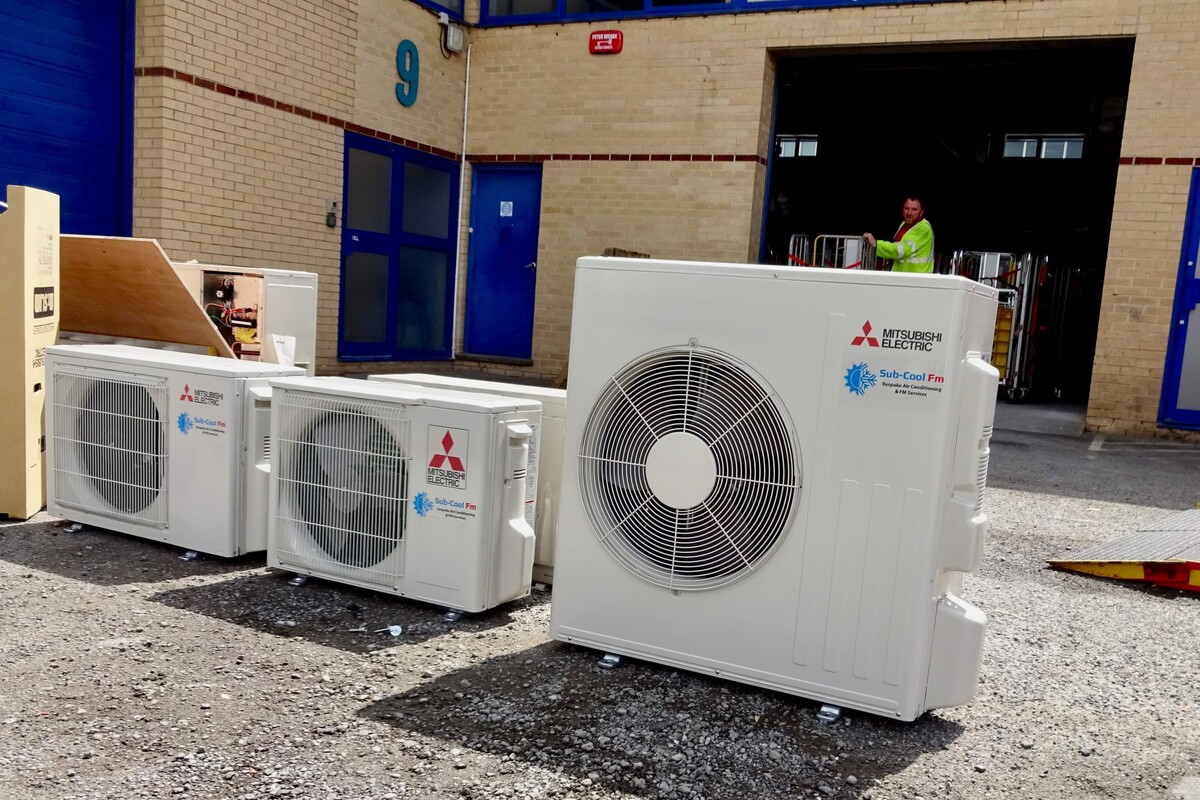Home>Home Maintenance>Why Air Conditioning Is Bad For The Environment
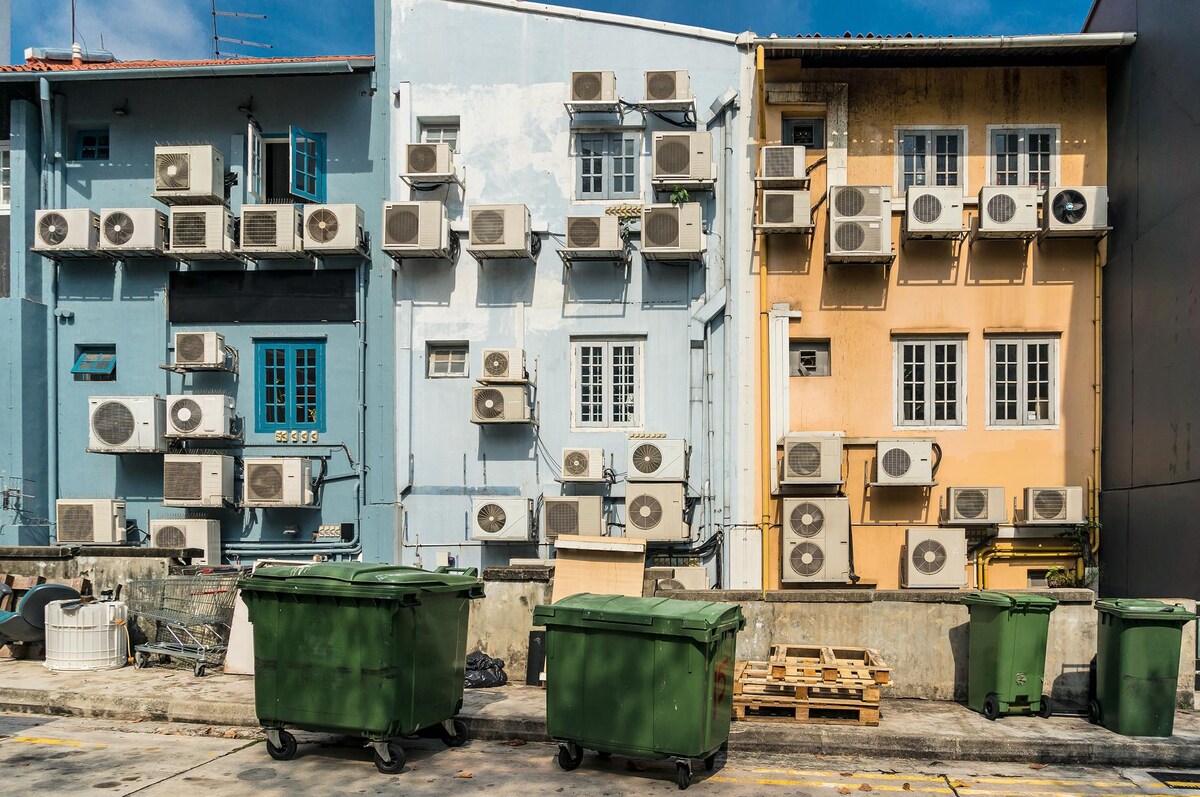

Home Maintenance
Why Air Conditioning Is Bad For The Environment
Modified: August 27, 2024
Discover why air conditioning can be harmful to the environment and learn about eco-friendly home maintenance alternatives. Protect the planet while keeping your home cool and comfortable.
(Many of the links in this article redirect to a specific reviewed product. Your purchase of these products through affiliate links helps to generate commission for Storables.com, at no extra cost. Learn more)
Introduction
In today’s modern world, air conditioning has become a common feature in homes, offices, and vehicles. It offers relief from sweltering heat and creates a comfortable environment, especially during the scorching summer months. However, while air conditioning provides us with instant comfort, it also comes with some significant drawbacks. One of the biggest concerns is its impact on the environment.
As we become more aware of the need to protect and preserve the planet, it is crucial to understand the negative effects of air conditioning on the environment. This article will delve into the various ways in which air conditioning contributes to climate change, energy consumption, air pollution, and the depletion of natural resources. Furthermore, we will explore alternative and sustainable cooling solutions that can help mitigate these environmental concerns.
Key Takeaways:
- Air conditioning harms the environment by releasing harmful gases and depleting natural resources. Using energy-efficient models and exploring sustainable cooling options can help reduce its impact.
- To minimize air conditioning’s environmental impact, consider natural ventilation, passive design, and renewable energy sources. These alternatives can create a comfortable indoor environment while being eco-friendly.
Read more: Why Is Construction Bad For The Environment
Impact of Refrigerants on Climate Change
Refrigerants play a crucial role in the functioning of air conditioning systems. However, many refrigerants, particularly those used in older models, have a high global warming potential (GWP). These refrigerants, such as hydrochlorofluorocarbons (HCFCs) and chlorofluorocarbons (CFCs), are known to contribute significantly to climate change. When released into the atmosphere, they trap heat and contribute to the greenhouse effect.
In response to this issue, many countries are phasing out the use of harmful refrigerants and transitioning to safer alternatives with lower GWPs, such as hydrofluorocarbons (HFCs) and natural refrigerants like ammonia and carbon dioxide. However, it is essential to properly dispose of or recycle old air conditioning units to prevent the release of harmful refrigerants into the environment.
Energy Consumption and Greenhouse Gas Emissions
Air conditioning systems require a significant amount of energy to operate, which in turn leads to the release of greenhouse gases (GHGs). The primary source of energy for these systems is often fossil fuels, such as coal and natural gas, which produce carbon dioxide (CO2) when burned. CO2 is a major contributor to climate change.
According to research, air conditioning accounts for a substantial portion of electricity consumption in many countries, particularly during peak summer months. The demand for cooling is expected to rise with increasing temperatures and population growth, further exacerbating energy consumption and GHG emissions.
To address this issue, it is essential to improve the energy efficiency of air conditioning systems. This can be achieved through measures such as using energy-efficient models, proper insulation, regular maintenance, and optimizing the use of cooling systems. Additionally, exploring renewable energy sources to power air conditioning can significantly reduce greenhouse gas emissions associated with cooling.
Depletion of Natural Resources
The production and operation of air conditioning systems contribute to the depletion of natural resources. One primary concern is the extraction of raw materials used in the manufacturing process. For instance, air conditioning units use components like copper, aluminum, and steel, which require mining and processing. These activities often result in habitat destruction, soil erosion, and the release of toxic chemicals into the environment.
Furthermore, the production of air conditioning units consumes a significant amount of energy and water. Manufacturing processes, such as metal fabrication, plastic molding, and electronic assembly, require substantial resources. Additionally, water is often used for cooling and cleaning purposes during production.
To address the depletion of natural resources, it is crucial to encourage sustainable manufacturing practices. This includes reducing material waste, promoting recycling, and utilizing eco-friendly manufacturing techniques. Investing in energy-efficient technologies and designing products to be easily disassembled and recycled can also help mitigate the environmental impact of air conditioning systems.
Consider using fans or natural ventilation to cool your home instead of relying solely on air conditioning. This can help reduce energy consumption and minimize the environmental impact of cooling your living space.
Air Pollution and Health Effects
Air conditioning systems not only contribute to climate change but also contribute to air pollution, which has detrimental effects on human health. The cooling process in air conditioning units often involves the circulation of outdoor air. However, outdoor air can contain pollutants such as particulate matter, volatile organic compounds (VOCs), and nitrogen dioxide (NO2).
When air conditioning systems draw in outdoor air, these pollutants can enter indoor spaces, leading to poor indoor air quality. Prolonged exposure to indoor air pollution can cause respiratory problems, allergies, asthma, and other respiratory illnesses. It can also aggravate existing health conditions.
To mitigate the impact of air pollution on health, it is crucial to maintain and clean air conditioning systems regularly. This includes replacing filters, removing dust and debris, and ensuring proper ventilation. Additionally, using air purifiers and incorporating indoor plants can help improve indoor air quality.
Contribution to Urban Heat Island Effect
Another environmental concern associated with air conditioning is its contribution to the urban heat island effect. The constant use of air conditioning systems in densely populated areas can lead to localized increases in temperatures, creating what is known as an urban heat island.
Air conditioning units release waste heat into the outdoor environment during the cooling process. This additional heat, combined with heat generated by buildings, transportation, and human activities, can significantly raise temperatures in urban areas. This phenomenon can have detrimental effects, including increased energy demand, higher cooling costs, and compromised human comfort.
To mitigate the urban heat island effect, it is crucial to implement strategies such as urban greening, promoting green roofs and walls, and increasing the use of reflective surfaces. These measures can help regulate temperatures, improve air quality, and reduce the reliance on air conditioning for cooling.
Alternatives and Sustainable Cooling Solutions
To minimize the negative impact of air conditioning on the environment, it is essential to explore alternatives and adopt sustainable cooling solutions. Here are some options to consider:
- Natural Ventilation: Utilize natural ventilation techniques, such as opening windows, using fans, and creating cross-ventilation, to cool indoor spaces without relying solely on air conditioning.
- Passive Design: Incorporate passive design strategies into buildings, such as shading, insulation, and thermal mass, to reduce the need for extensive mechanical cooling.
- Energy-Efficient Air Conditioning: Invest in energy-efficient air conditioning systems that have high Seasonal Energy Efficiency Ratio (SEER) ratings. Regularly maintain and clean the units to ensure optimal performance and energy efficiency.
- Renewable Energy: Power air conditioning systems with renewable energy sources, such as solar power or wind energy, to reduce carbon emissions associated with cooling.
- Smart Thermostats and Zoning: Install smart thermostats and implement zoning techniques to regulate cooling in specific areas and optimize energy usage.
- Evaporative Cooling: Consider evaporative cooling systems that use water evaporation to cool the air. These systems are more energy-efficient and use less electricity compared to traditional air conditioners.
- Geothermal Cooling: Explore geothermal cooling options that harness the stable temperatures of the ground to provide efficient and sustainable cooling.
By implementing these alternatives and sustainable cooling solutions, we can minimize the environmental impact of air conditioning while still enjoying comfortable indoor environments.
Conclusion
Air conditioning has undoubtedly revolutionized our lives, providing relief from oppressive heat and creating comfortable indoor environments. However, it is crucial to acknowledge and address the environmental consequences associated with this modern convenience.
The widespread use of air conditioning contributes to climate change through the emission of greenhouse gases and the depletion of natural resources. It also contributes to air pollution, poor indoor air quality, and the urban heat island effect. However, by adopting alternative cooling solutions and embracing sustainable practices, we can mitigate these negative effects.
Energy-efficient air conditioning systems, renewable energy sources, and smart technologies can help reduce overall energy consumption and emissions. Passive design, natural ventilation, and the use of evaporative or geothermal cooling systems offer sustainable alternatives. Moreover, promoting recycling, responsible disposal of refrigerants, and sustainable manufacturing practices can minimize resource depletion.
Ultimately, striking a balance between our comfort and the well-being of the environment is essential. By making conscious choices and adopting sustainable cooling practices, we can create a healthier, more eco-friendly future.
Frequently Asked Questions about Why Air Conditioning Is Bad For The Environment
Was this page helpful?
At Storables.com, we guarantee accurate and reliable information. Our content, validated by Expert Board Contributors, is crafted following stringent Editorial Policies. We're committed to providing you with well-researched, expert-backed insights for all your informational needs.
